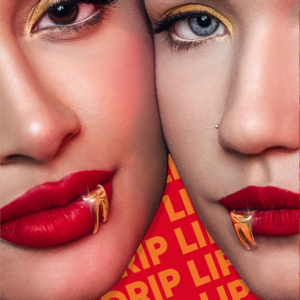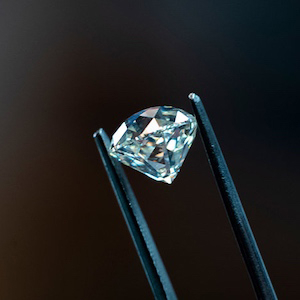
Now that 2021—by most accounts, one of the best years in the industry’s history—has ended, and the COVID-19 pandemic seems to be (hopefully) receding, does that mean the industry’s strong sales are over?
Forecasting is always difficult, but bigger companies do it for financial projections. Generally, public companies tend to be conservative. (A seeming example is Signet, which raised guidance five times in 2021.)
With those caveats—and keeping in mind that it is only offering estimates—Pandora announced in its last financial report that it expects that, after last year’s record-breaking results, the overall U.S. jewelry market will shrink 10%—20% in 2022.
Pandora spokesperson Johan Melchior laid out some of its reasoning to JCK:
We assume the strong growth in the U.S. jewelry market in 2021 was extraordinary and driven in part by stimulus checks and a potential reallocation of consumer spend away from travel and entertainment into discretionary goods.
We also assume that the U.S. jewelry market will gradually normalize and return to its historical +3% annual growth trajectory.
In 2021, we estimate the U.S. jewelry market grew 35%–40% versus 2019. If the market declines by 20% in 2022, it will be back on the historical trajectory.
The Pandora guidance believes the brand will outperform the market by posting either a small sales gain or single-digit drop in the United States in 2022. (In 2021, its U.S. sell-out growth topped 2019’s by 51%. That slowed to a still-healthy 39% in the fourth quarter.)
Buyers Intelligence Group CEO Abe Sherman, in his most recent newsletter, predicted a similar down trend for independent jewelers.
“It wouldn’t be a stretch to expect a 20-25% [sales] decrease this year,” Sherman wrote. “This is not a gloom and doom prediction, but simply a realistic reversion to the mean over the past 4-5 years. If sales stay even with last year, you’ll be well ahead of your plan.”
In a recent JCK Pro article, industry experts offered a variety of reasons why jewelry did so well in 2021. Some, but not all, may hold true this year.
On the downside, some worried about the long-delayed shift back to experiential spending and traveling. The macro economy looks cloudy, with the threat of war, end of government stimulus, and high inflation. (And, of course, the prices of both natural diamonds and gold have shot way up.)
But there’s reasons to think it won’t be so bad.
First, if the anticipated wedding boom does come to pass, that will drive sales. Second, the industry has become more digitally savvy, and the skills it picked up during COVID-19 may be invaluable going forward. Third, people who buy jewelry tend to want more.
Some thought the industry couldn’t top its strong holiday 2020, but it did. Initial reports about Valentine’s Day 2022 sales are positive. In January, the Swiss watch industry saw strong exports to the U.S. market. The party may not be over yet.
Most likely, it won’t last forever, but it could go on longer than we think. It’s easier to sell to existing consumers than it is to attract new ones.
The industry has made a lot of new friends over the last 18 months. Now, it must figure out how to keep them.
(Photo: Getty Images)
Follow JCK on Instagram: @jckmagazineFollow JCK on Twitter: @jckmagazine
Follow JCK on Facebook: @jckmagazine





